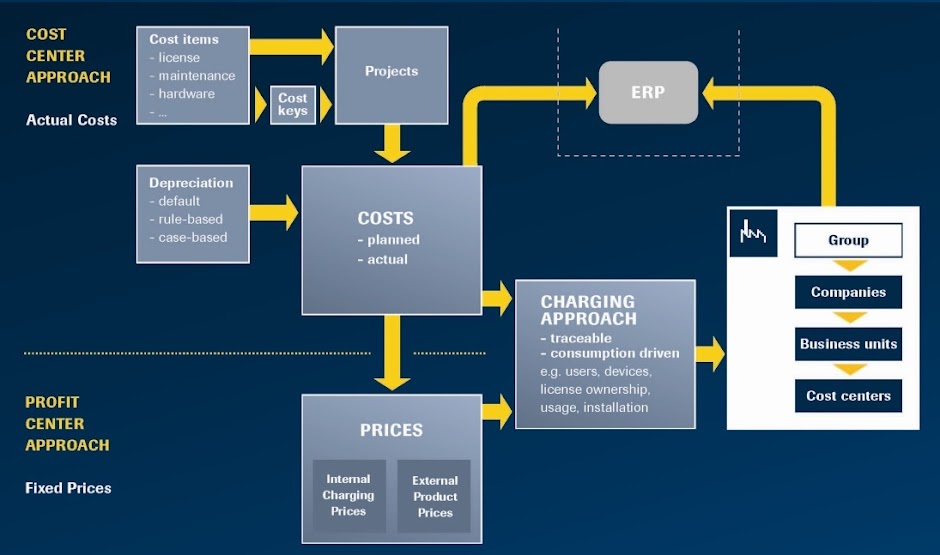The Primary Objective of the Corporation:Value Maximization
By BRIGHAM
Shareholders arc the owners of a corporation, and they purchase stocks because they want to earn a good return on their investment without undue risk exposure. In most cases, shareholders elect directors, who then hire managers to run the corporation on a day-to-day basis. Because managers are supposed to be working on behalf of shareholders, they should pursue policies that enhance shareholder value. Consequently, throughout this book we operate on the assumption that management’s primary objective is stockholder wealth maximization.
The market price is the stock price that we observe in the financial markets. We later explain in detail how stock prices are determined, but for now it is enough to say that a company’s market price incorporates the information available to investors. If the market price reflects all relevant information, then the observed price is also the intrinsic, or fundamental, price. However, investors rarely have all relevant information. For example, companies report most major decisions, hut they sometimes withhold selected information to prevent competitors from gaining strategic advantages.
Unfortunately, some managers deliberately mislead investors by taking actions to make their companies appear more valuable than they truly are. Sometimes these actions are illegal, such as those taken by the senior managers at Enron. Sometimes the actions are legal but are taken to push the current market price above its fundamental price in the short term.
For example, suppose a utility’s stock price is equal to its fundamental price of $50 per share. What would happen if the utility substantially reduced its tree—trimming program but didn’t tell investors? This would lower current costs and thus boost current earnings and current cash flow, but it would also lead to major expenditures in the future when falling limbs damage the lines. If investors were told about the major repair costs facing the company, the market price would immediately drop to a new fundamental value of $45. But if investors were kept in the dark, they might misinterpret the higher-than-expected current earnings, and the market price might go up to $52. Investors would eventually understand the situation when the company later incurred large costs to repair the damaged lines; when that happened, the price would fall to its fundamental value of $45.
Consider this hypothetical sequence of events. A company’s managers deceived investors, and the price rose to $52 when it would have fallen to $45 if not for the deception. Of course, this benefited those who owned the stock at the time of the deception, including managers with stock options. But when the deception came to light, those stockholders who Still owned the stock suffered a significant loss, ending up with stock worth less than its original fundamental value, If the managers cashed in their stock options prior to this, then only the stockholders were hurt by the deception. Because the managers were hired to act in the interests of stockholder, their deception was a breach of their fiduciary responsibility.
In addition, the managers’ deception would damage the company’s reputation, making it harder to raise capital in the future.
Therefore, when we say management’s objective should be to maximize stockholder wealth, we really mean it is to maximize fundamental price of the firm’s common stock, not just the current market price. Firms do, of course, have other objectives; in particular, the managers who make the actual decisions are interested in their own personal satisfaction, in their employees’ welfare, and in the good of their communities and of society at large. Still, for the reasons set forth in the following sections, maximizing intrinsic stock value is the most important objective for most corporations.
Therefore, when we say management’s objective should be to maximize stockholder wealth, we really mean it is to maximize fundamental price of the firm’s common stock, not just the current market price. Firms do, of course, have other objectives; in particular, the managers who make the actual decisions are interested in their own personal satisfaction, in their employees’ welfare, and in the good of their communities and of society at large. Still, for the reasons set forth in the following sections, maximizing intrinsic stock value is the most important objective for most corporations.
